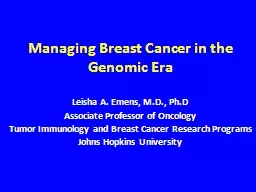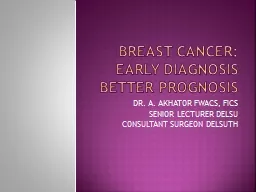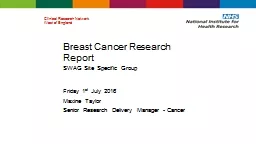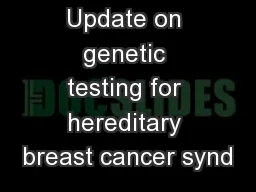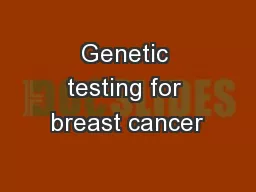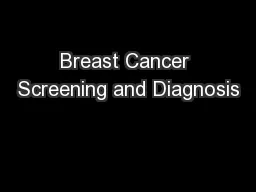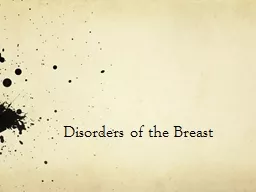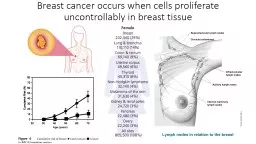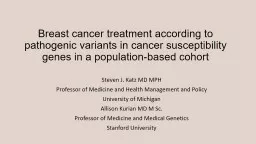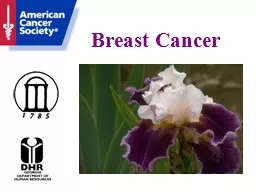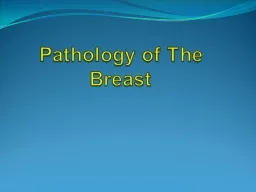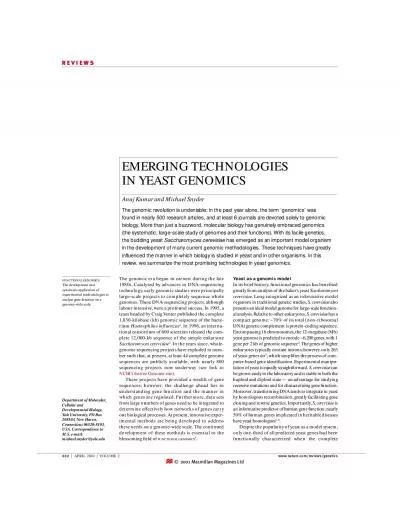PPT-Managing Breast Cancer in the Genomic Era
Author : alida-meadow | Published Date : 2015-10-31
Leisha A Emens MD PhD Associate Professor of Oncology Tumor Immunology and Breast Cancer Research Programs Johns Hopkins University Conflict of Interest
Presentation Embed Code
Download Presentation
Download Presentation The PPT/PDF document "Managing Breast Cancer in the Genomic Er..." is the property of its rightful owner. Permission is granted to download and print the materials on this website for personal, non-commercial use only, and to display it on your personal computer provided you do not modify the materials and that you retain all copyright notices contained in the materials. By downloading content from our website, you accept the terms of this agreement.
Managing Breast Cancer in the Genomic Era: Transcript
Download Rules Of Document
"Managing Breast Cancer in the Genomic Era"The content belongs to its owner. You may download and print it for personal use, without modification, and keep all copyright notices. By downloading, you agree to these terms.
Related Documents

